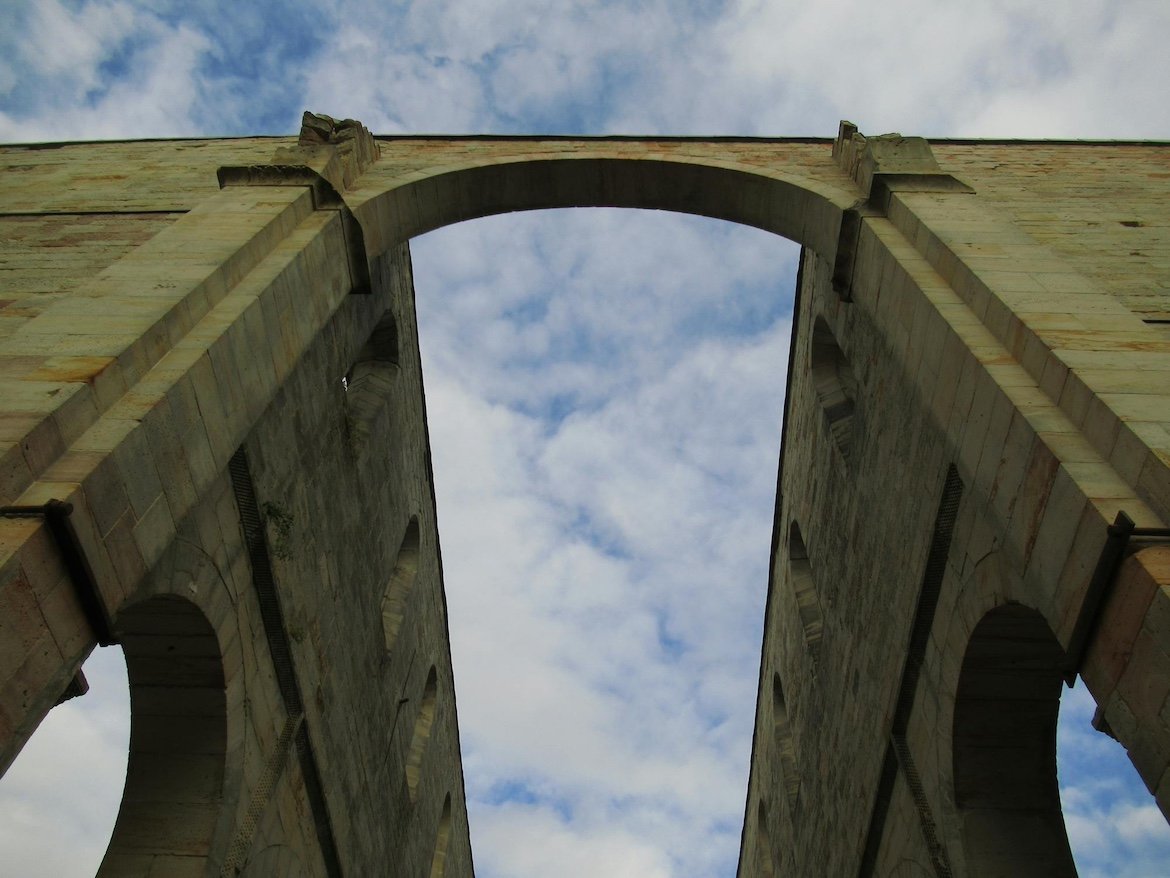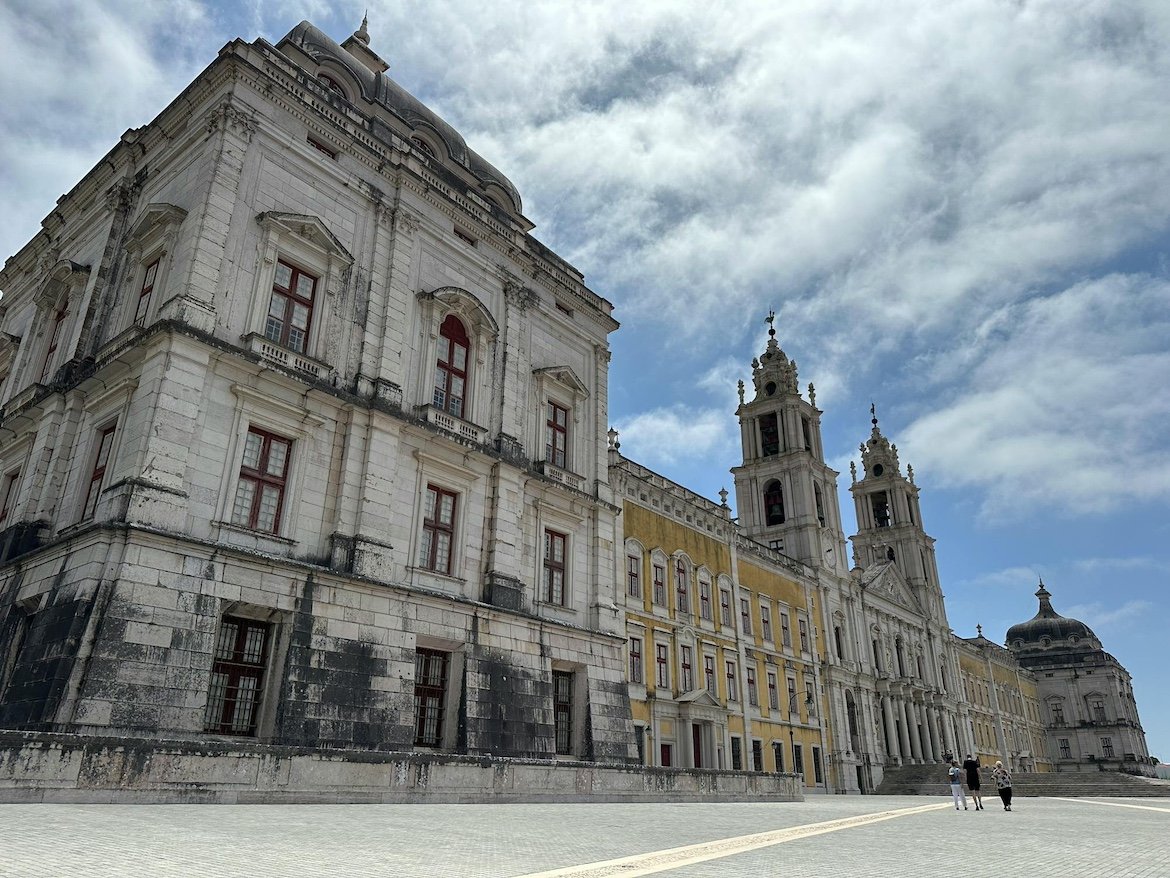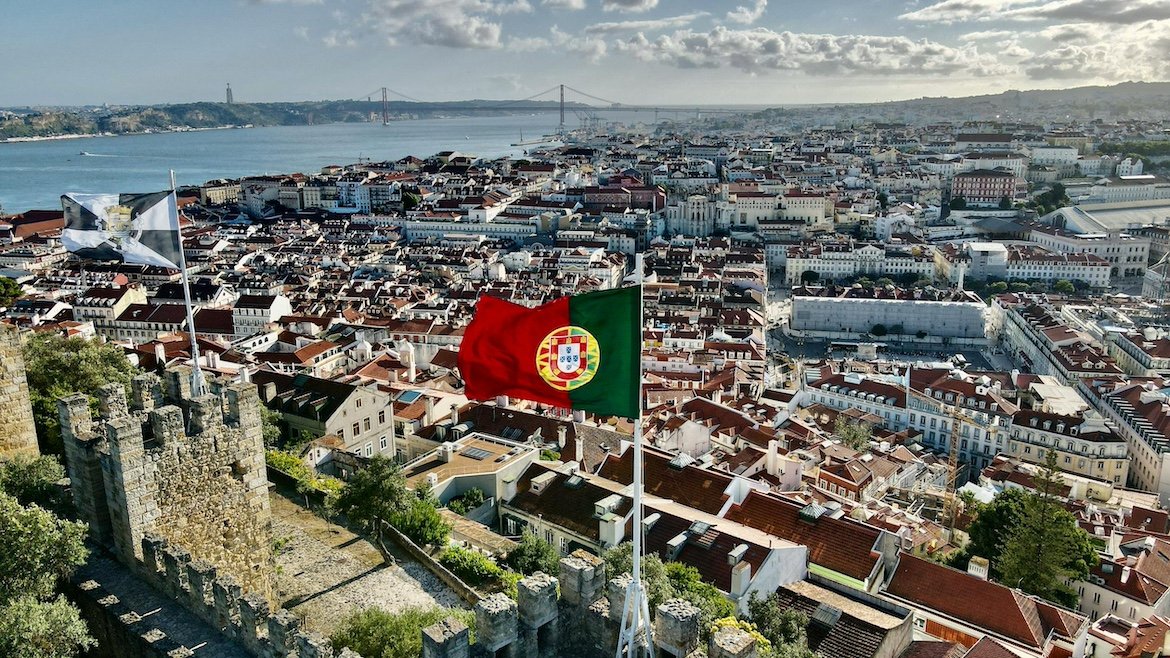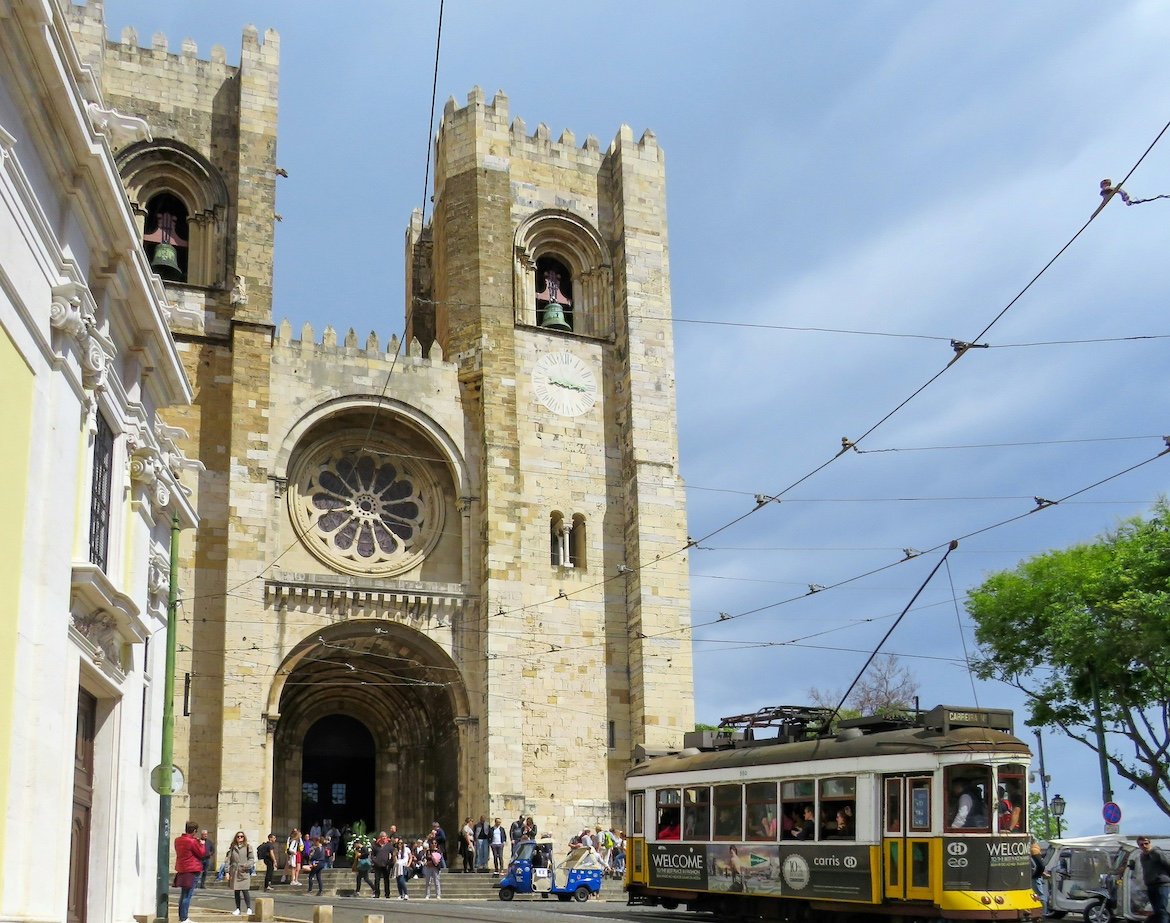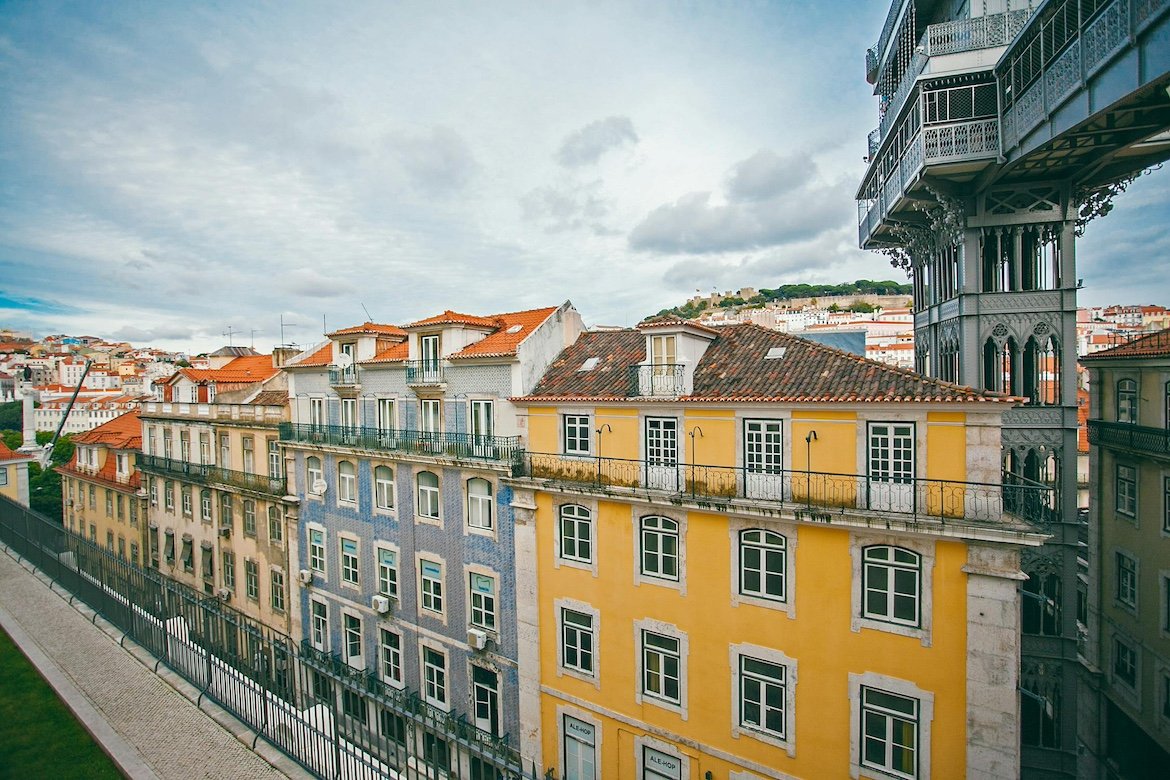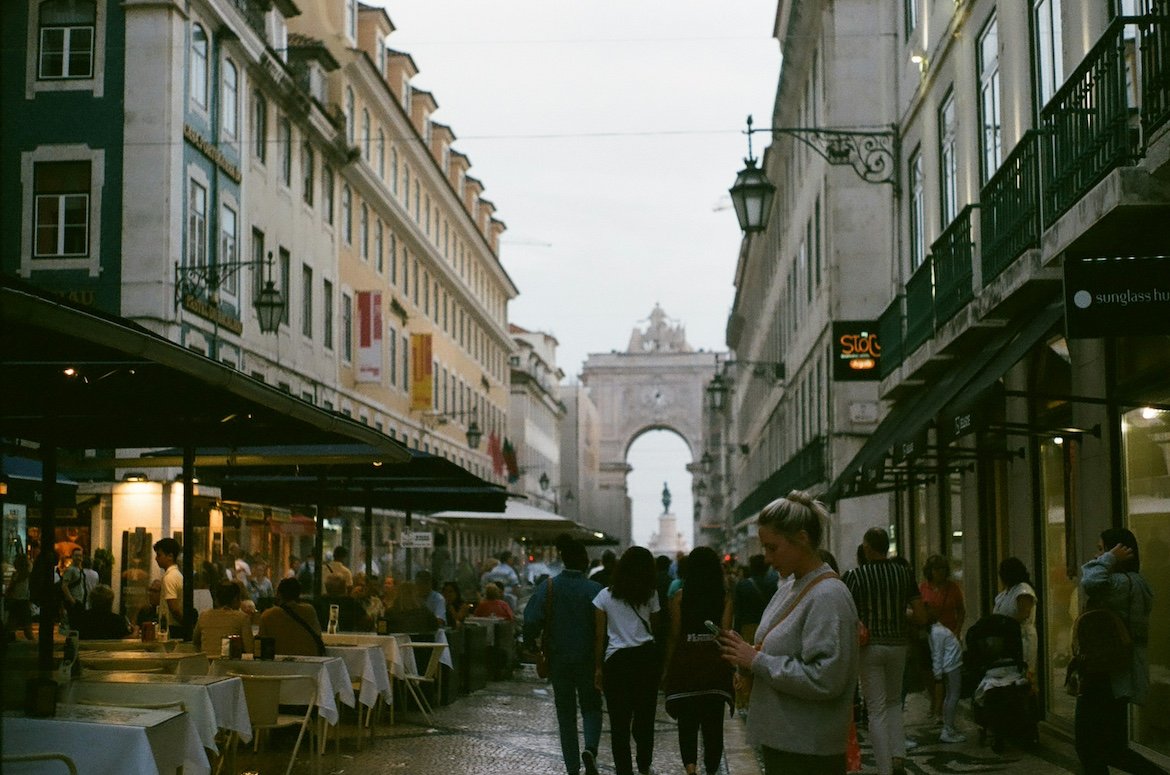Discover Edinburgh, a city of dramatic hills and historic tales. Explore a majestic castle, wander medieval streets, and immerse y...
Lisbon Travel Guide 2025
| Updatedby Yuliya Karotkaya · 18 mins read

A city of seven hills, sea breezes, and soulful music — Lisbon mixes historic charm with relaxed coastal energy. From castles and cathedrals to custard tarts and sunset viewpoints, here’s everything you need before your trip.
Lisbon City Guide
Lisbon is one of Europe’s most charismatic capitals — a city of steep hills, trams, tiled facades, and golden light. It blends old-world charm and creative energy, from medieval alleys and fado music to rooftop bars and modern art. You’ll find layers of history in every neighborhood: Alfama’s maze-like streets, Bairro Alto’s nightlife, and Belém’s maritime monuments. Add in some of the best views, seafood, and pastries in Europe — and you’ve got a city that’s hard to leave.
It’s compact, sunny, and made for wandering. Lace up your shoes (or hop on a tram) — and let’s explore.
Must See
Lisbon is a city where history, culture, and stunning architecture come together in a unique blend. From ancient aqueducts to majestic palaces and lively squares, these landmarks reveal the heart of Portugal’s capital. Take your time exploring these iconic sites — each one tells a story.
Aqueduto das Águas Livres (Águas Livres Aqueduct)
An engineering marvel of the 18th century, the Águas Livres Aqueduct stretches nearly 19 kilometers and once supplied Lisbon with fresh water. Its towering arches dominate the skyline, especially the famous section over the Alcântara valley. Walking along parts of the aqueduct offers panoramic views of the city and a glimpse into Lisbon’s innovative past. It’s a peaceful escape from the busy streets below and a must-see for history buffs.
Tip: Wear comfortable shoes if you plan to walk along the aqueduct.
Belém Tower (Torre de Belém)
A symbol of Portugal’s Age of Discovery, the Belém Tower stands guard at the mouth of the Tagus River. Built in the early 16th century, this fortress blends Gothic and Manueline styles with maritime motifs. Climb its narrow staircases for views over the river and the nearby Jerónimos Monastery. The tower’s intricate stonework and historical significance make it one of Lisbon’s most visited landmarks.
Tip: Visit early in the morning to avoid crowds and enjoy the light on the river.

Belém Tower tickets
Queluz National Palace (Palácio Nacional de Queluz)
Often called the “Portuguese Versailles,” the Queluz Palace dazzles with rococo architecture, lush gardens, and ornate interiors. Built in the 18th century as a summer residence for royalty, it offers a glimpse into the opulence of Portugal’s monarchy. The sprawling gardens are perfect for a leisurely stroll, while the palace rooms showcase exquisite furniture, tapestries, and artworks.
Tip: Combine your visit with the nearby Sintra region for a full royal experience.
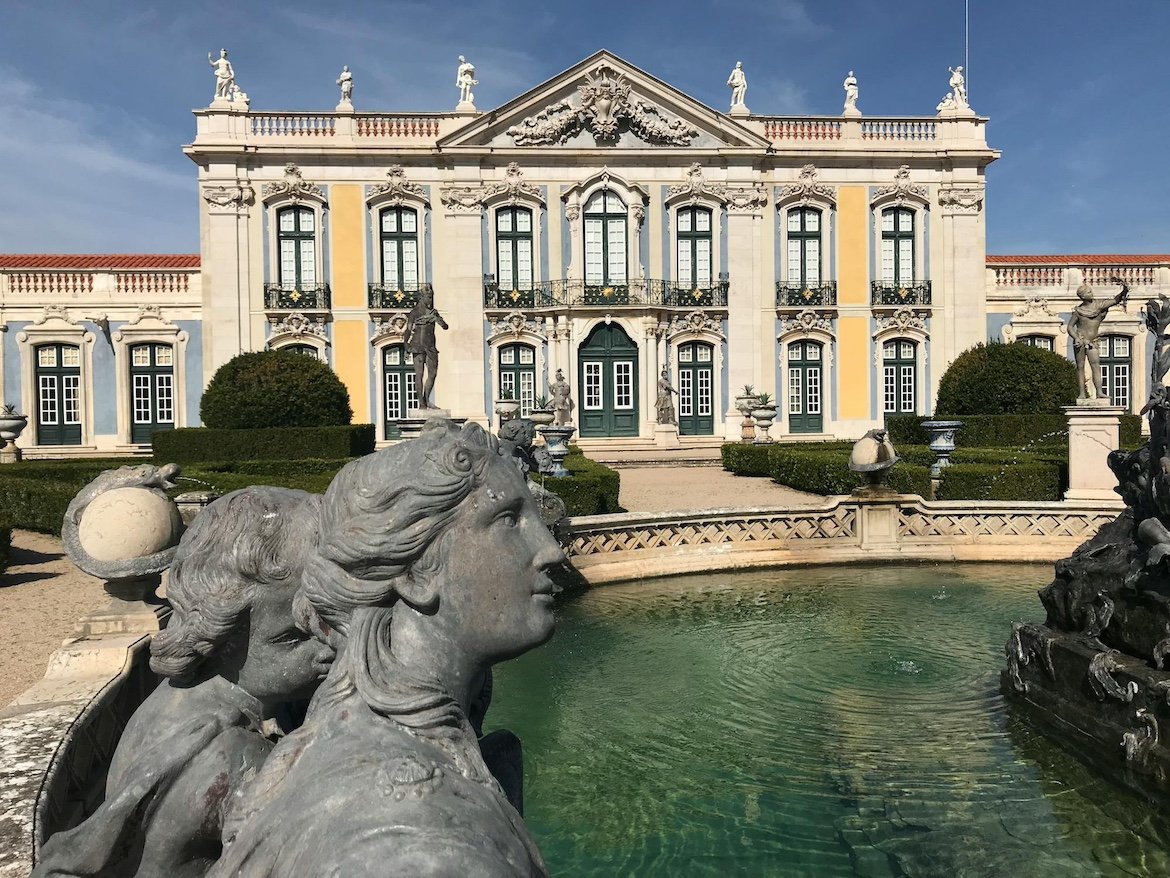
Official site
Mafra National Palace (Palácio Nacional de Mafra)
One of the grandest Baroque palaces in Europe, Mafra was built in the early 18th century as a royal retreat and monastery. Its sheer size is astonishing — the palace includes a basilica, a library with over 36,000 books, and vast courtyards. Explore the majestic halls and admire the intricate tilework that decorates many rooms. Mafra is a testament to Portugal’s ambition and faith.
Tip: Guided tours offer deeper insight into the palace’s history and architecture.
São Jorge Castle (Castelo de São Jorge)
Perched on one of Lisbon’s highest hills, São Jorge Castle offers breathtaking views of the city and the Tagus River. Dating back to Moorish times, the fortress has been a royal residence and a military stronghold. Wander through the ramparts, towers, and archaeological site to feel the layers of Lisbon’s past. Sunset from here is especially magical, with the city bathed in golden light.
Tip: Arrive close to sunset for an unforgettable view and fewer tourists.
Lisbon Cathedral (Sé de Lisboa)
As Lisbon’s oldest church, the Cathedral is a striking blend of Romanesque, Gothic, and Baroque architecture. Founded in the 12th century, it survived earthquakes and reconstructions, retaining its historical charm. Inside, explore the cloisters, chapels, and religious artifacts. The Cathedral’s location near the Alfama district makes it a great starting point for exploring old Lisbon.
Tip: Don’t miss the crypt and treasury for unique medieval artifacts.
Santa Justa Lift (Elevador de Santa Justa)
An iconic iron elevator connecting the Baixa district to the Bairro Alto, the Santa Justa Lift was designed by a student of Gustave Eiffel. It offers a unique way to move between neighborhoods while enjoying views of the city rooftops. At the top, a viewing platform provides a panoramic perspective over Rossio Square and beyond. It’s both practical and picturesque.
Tip: Buy tickets in advance or combine with public transport passes.
Praça do Comércio (Commerce Square)
One of Europe’s largest squares, Praça do Comércio opens up majestically onto the Tagus River. Historically the site of royal palaces and trade centers, today it’s a vibrant hub lined with cafés, shops, and iconic yellow buildings. The grand Arco da Rua Augusta leads into the city center, making it a perfect photo spot and meeting place.
Tip: Visit in the evening when the square lights up and street performers entertain.
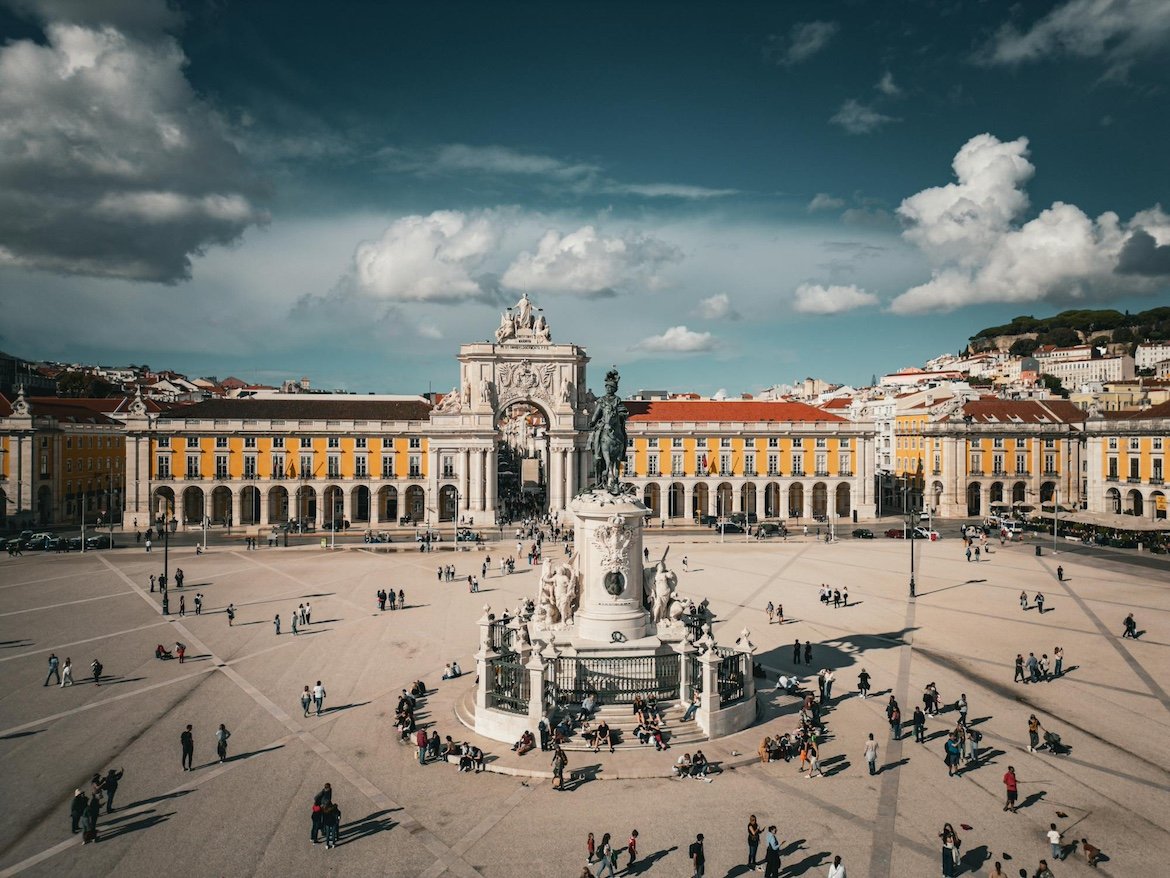
Rua Augusta & Arco Triunfal (Augusta Street & Triumphal Arch)
The bustling pedestrian street Rua Augusta is filled with shops, street performers, and cafés, capturing Lisbon’s lively spirit. At its northern end stands the impressive Triumphal Arch, built to commemorate the city’s reconstruction after the 1755 earthquake. Climb the arch for sweeping views over the square and surrounding neighborhoods. It’s the perfect spot to soak up Lisbon’s energy.
Tip: Stop for a coffee on one of the many terraces lining Rua Augusta.
Christ the King Statue (Cristo Rei)
Inspired by Rio’s Christ the Redeemer, this colossal statue overlooks Lisbon from across the Tagus River. Standing 28 meters tall atop a 75-meter pedestal, Cristo Rei offers spectacular views of the city skyline and the 25 de Abril Bridge. The peaceful sanctuary and viewpoints make it a great place for reflection and photography.
Tip: Take the ferry to Almada and then a short bus or taxi ride to the monument.
Ponte 25 de Abril
This suspension bridge over the Tagus River is one of Lisbon’s most iconic landmarks. It closely resembles the Golden Gate Bridge in San Francisco and connects the city with the southern bank. The bridge is especially impressive when viewed from various viewpoints around the city or from the river during a boat tour. It carries both road traffic and trains, making it a vital part of modern Lisbon life as well as a popular subject for stunning photos.

Best Viewpoints in Lisbon (Miradouros)
Lisbon is a city of hills, and its many miradouros — scenic viewpoints — offer unforgettable panoramas of red rooftops, the Tagus River, and distant bridges. These spots are perfect for a coffee break, a photo session, or just watching the sun set over the city. Here are a few of the best:
- Miradouro de Santa Catarina — a favorite spot for both locals and tourists, offering beautiful views of the 25 de Abril Bridge and the Tagus River. Street musicians often perform here, making it a lively place to relax with a cup of coffee.
- Miradouro da Senhora do Monte — one of the highest points in Lisbon, providing breathtaking panoramic views of the castle, historic center, and the river. It’s an ideal spot to watch the sunset.
- Miradouro de Graça — a cozy park with views of São Jorge Castle and the city center. A great place for a peaceful stroll and memorable photos.

Museums & Art
Lisbon’s museums are as varied as the city itself — from royal palaces and ancient artifacts to cutting-edge design and quirky collections. Whether you’re into history, art, or something a little more unexpected, there’s a museum here for you.
Museu Nacional do Azulejo
Housed in a former convent, this museum is dedicated to Portugal’s iconic decorative tiles — azulejos. It showcases five centuries of tile-making, from Moorish influences to modern designs. The building itself is stunning, with Baroque architecture and a peaceful cloister. Don’t miss the massive panoramic tile panel of old Lisbon.
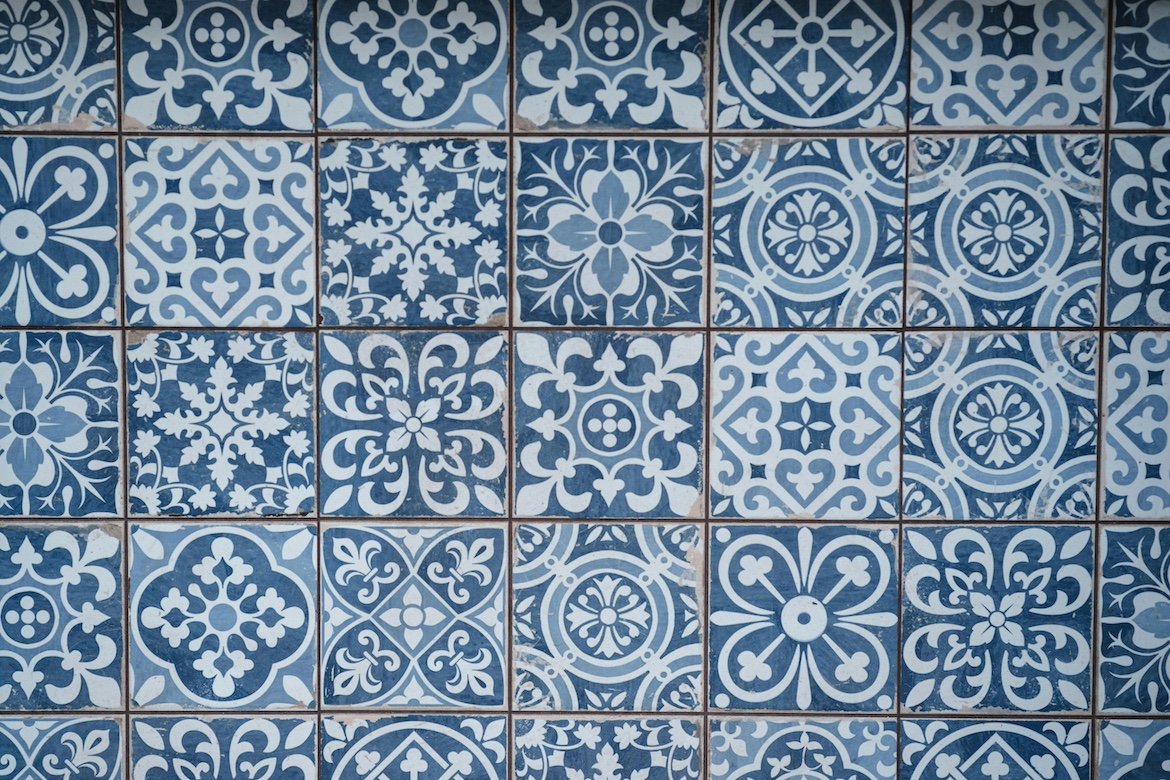
Museu Nacional do Azulejo official site
Calouste Gulbenkian Museum
One of Lisbon’s finest museums, the Gulbenkian houses an impressive private collection ranging from ancient Egyptian and Greco-Roman artifacts to Islamic art, European paintings, and Art Nouveau pieces. It’s beautifully curated and set in a tranquil garden. Perfect for a slower-paced cultural afternoon.
Gulbenkian Museum official site
MAAT – Museum of Art, Architecture and Technology
A sleek modern building on the riverfront in Belém, MAAT combines contemporary art with bold architecture. Exhibitions span visual arts, design, and urban innovation. Even if you’re not big on museums, the building alone is worth a visit — you can walk over its roof for a view of the river.
Museu Nacional de Arte Antiga
This is Lisbon’s main museum for classical European art. It houses works by Bosch, Dürer, and Portuguese masters, along with stunning pieces of decorative arts from Portugal’s Age of Discoveries. It’s a must for fans of Renaissance and Baroque art.
Museu Nacional de Arte Antiga official site
Museu Coleção Berardo
Located in the Belém Cultural Center, this museum focuses on modern and contemporary art. The permanent collection includes works by Warhol, Picasso, Dalí, and other 20th-century icons. It’s one of the best places in Lisbon to get a hit of bold, global creativity.
Berardo Collection Museum site
Museu Nacional dos Coches
A unique museum dedicated entirely to royal carriages, with one of the largest collections in the world. Think gold-trimmed coaches, intricate sculptures, and sheer historical drama — a must for fans of pomp and pageantry.
Museu dos Coches official site
Museu do Dinheiro
Set inside a former church near the Sé Cathedral, this is Lisbon’s Money Museum — and it’s more interesting than it sounds. Learn how coins and banknotes were made, explore the role of money through history, and even touch a real gold bar.
Museu do Dinheiro official site
Museu do Fado
In the heart of Alfama, this museum tells the story of Portugal’s most famous musical genre — fado. Through audio, instruments, and personal stories, it captures the soul of Lisbon in song. A great intro before heading to a live fado night.
Where to Eat
Lisbon’s food scene is a flavorful mix of tradition and creativity. From fresh seafood and hearty stews to pastel de nata and world-class wines, eating here is part of the adventure. Whether you’re dining in a historic tavern, trying local favorites in a hidden corner, or grabbing espresso at a tiny café, Lisbon delivers — affordably and deliciously.
Popular Tourist Spots
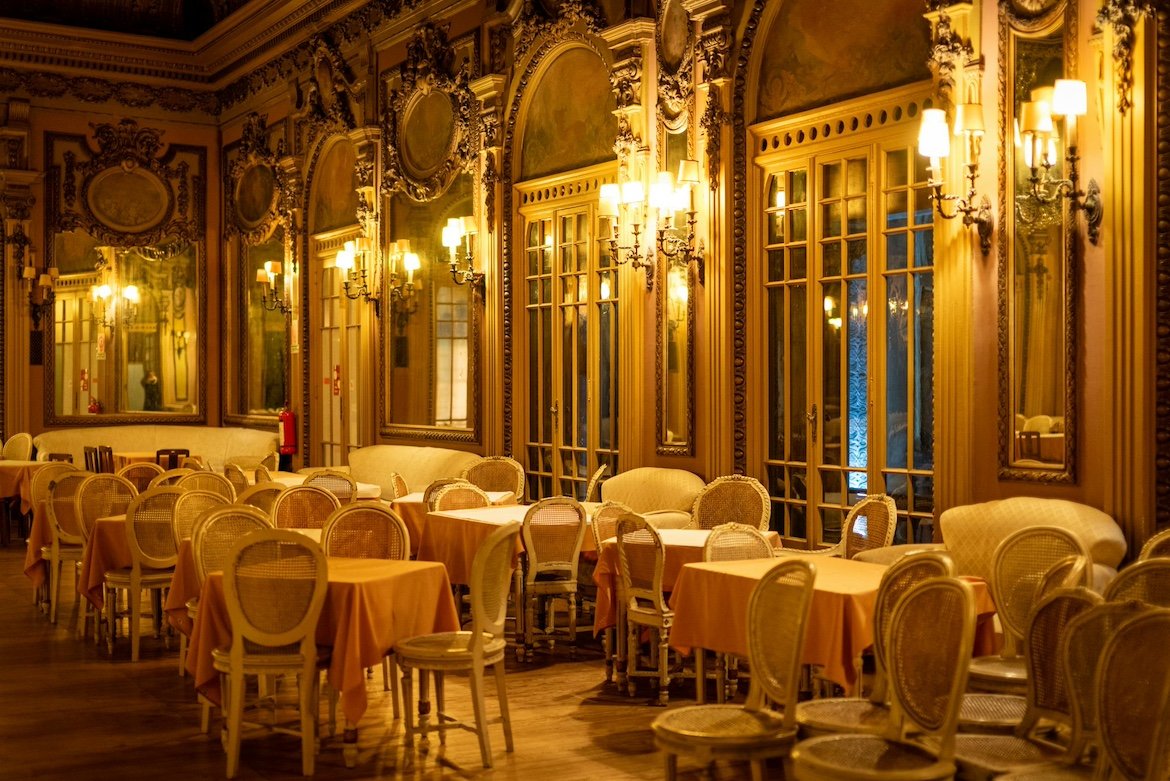
Time Out Market Lisboa
A must-visit for food lovers. This upscale food court gathers some of Lisbon’s top chefs and vendors under one roof. You can try everything from fresh seafood to gourmet burgers, and it’s ideal if you’re in a group with different cravings.
Cervejaria Ramiro
Famous for its no-frills, ultra-fresh seafood. Don’t miss the garlic prawns and buttery clams. It gets very busy — expect a wait, but it’s worth it.
Pasteis de Belém
Home to the most famous custard tarts in the world. They’ve been baking them since 1837 using a secret recipe. Grab a few warm from the oven and enjoy them with an espresso.
A Brasileira
One of Lisbon’s most iconic cafés, once frequented by poets and artists. It’s a bit touristy now, but still charming for a quick coffee in a historic setting.
Chapito à Mesa
A restaurant with a view — and a twist. Located within a circus school, it serves Portuguese cuisine with dramatic flair and panoramic views over the city.
Local Favorites
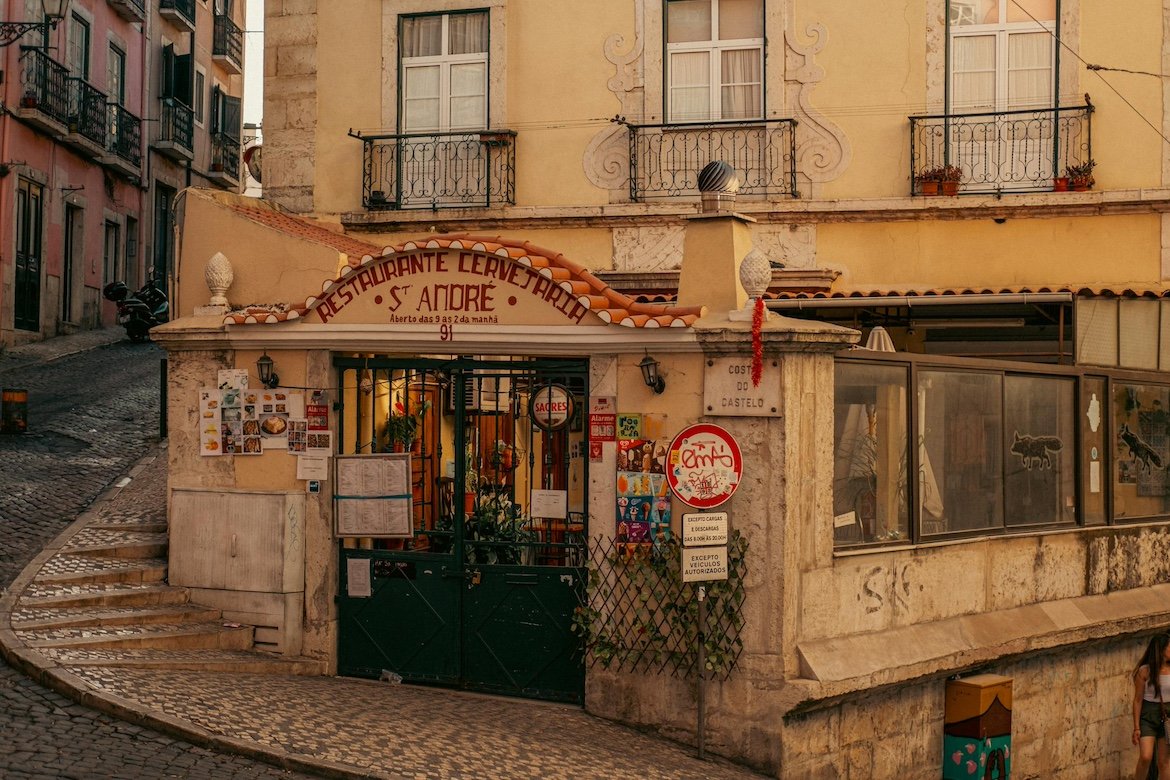
Zé da Mouraria
Loved by locals for its hearty portions and home-style Portuguese cooking. Try the grilled cod or octopus. It’s hidden in a narrow alley but well worth finding.
Taberna da Rua das Flores
A small, atmospheric place with creative takes on traditional dishes. No reservations — come early and expect to queue. The chalkboard menu changes daily.
O Velho Eurico
Loud, lively, and authentically Portuguese. It’s a tiny tavern with bold flavors and great vibes. Order the pica-pau and a glass of vinho verde.
Casa da Índia
Don’t be fooled by the name — it’s all about grilled meats, fish, and Portuguese staples. Super affordable and popular with locals and students alike.
Solar dos Presuntos
An institution in Lisbon for classic seafood and shellfish dishes. Think crab, clams, and monkfish rice. Very traditional and always buzzing.
Cafés & Coffee Shops

Hello, Kristof
A Scandinavian-style café perfect for digital nomads. Great coffee, magazines, and avocado toast. Calm, minimalist atmosphere.
The Mill
Australian-Portuguese café known for its brunches. Go for the eggs and flat whites. It’s bright, friendly, and very popular on weekends.
Café Janis
Stylish and plant-filled, this café has a Mediterranean menu and laid-back vibe. A good place to relax with a book or meet friends for a long coffee.
Fábrica Coffee Roasters
For serious coffee lovers. This micro-roastery has some of the best espresso and filter coffee in town. Industrial decor, chill soundtrack.
What to Do
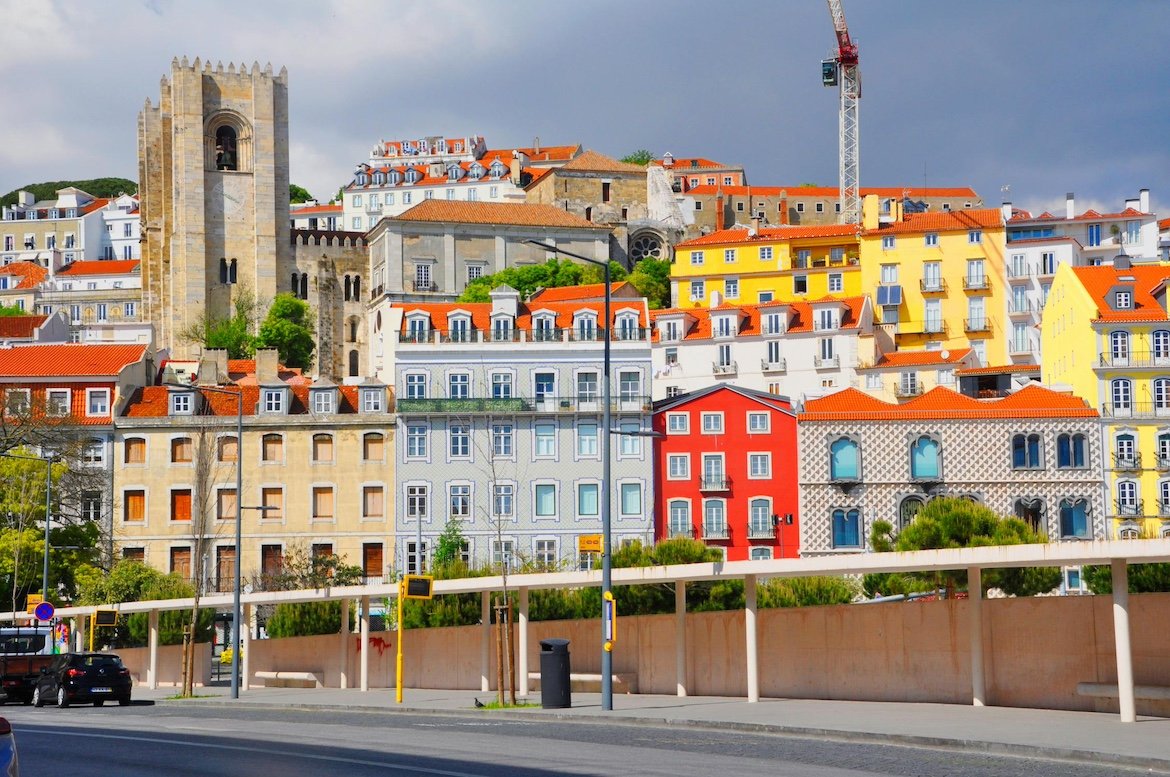
Ride Tram 28
The iconic yellow Tram 28 winds through Lisbon’s most historic neighborhoods — from Graça and Alfama to Baixa and Estrela. It’s not just a way to get around but a rolling sightseeing tour, climbing steep hills and offering postcard-perfect views. The original wooden interiors add to the charm, and the ride gives you a taste of the city’s past.
Tip: Get on early in the morning at the Martim Moniz stop to avoid the tourist crowds.
Carris official site
Explore Alfama
Alfama is Lisbon’s oldest neighborhood, a maze of cobbled streets, crumbling houses, and colorful tiles. It’s the soul of the city, especially at sunset when the light hits the terracotta rooftops. Stroll up to the castle, get lost in alleyways, and stop for a drink in a tiny bar where someone might start singing fado.
Don’t miss: The flea market at Feira da Ladra (Campo de Santa Clara, Tuesdays & Saturdays), or a slow lunch at a local tasca.
Take a Cruise on the Tagus River
See Lisbon from the water with a relaxing boat ride along the Tagus River. You’ll glide past landmarks like the 25 de Abril Bridge, Christ the King statue, and Belém Tower. There are options for everything — from short 1-hour rides to sunset cruises with drinks and live music.
Tip: Try Lisbon by Boat or Yellow Boat Tour for popular routes.
Lisbon by Boat | Yellow Boat Tour
Try a pastel de nata (or two)

No trip to Lisbon is complete without tasting a pastel de nata — the legendary Portuguese custard tart. Crispy, flaky pastry filled with creamy egg custard, usually topped with a sprinkle of cinnamon. Head to Pastéis de Belém (R. de Belém 84-92) for the most iconic version, or try locals’ favorites like Manteigaria or Fábrica da Nata. Best eaten warm, with an espresso or a glass of port on the side.
Take a Day Trip to Sintra
Just 40 minutes from Lisbon, Sintra is a magical town full of palaces, misty forests, and fairy-tale landscapes. Visit the colorful Palácio da Pena, the Moorish Castle, and the mysterious Quinta da Regaleira with its secret tunnels and inverted tower. It’s one of the best day trips in Portugal.
Tip: Take a direct train from Rossio Station. Wear good shoes — there’s a lot of walking and hills.
Explore LX Factory
Once an industrial site, now a trendy hub of art, food, books, and streetwear. LX Factory is packed with cafés, galleries, vintage shops, and co-working spaces — perfect for a creative afternoon. Don’t miss Ler Devagar, a huge bookstore with bicycles hanging from the ceiling, or the rooftop bar at Rio Maravilha.
Tip: Sundays are great for the local market with crafts, vinyl, and design finds.
LX Factory
Watch Live Fado
For a night steeped in emotion and history, go to a live fado performance — the melancholic Portuguese music of longing and fate. The best places offer intimate settings, candlelight, and strong wine. Alfama and Bairro Alto are top neighborhoods for it.
Tip: Try Clube de Fado or Tasca do Chico. Make a reservation if you can — seating is limited.
Wander Through Bairro Alto
During the day, Bairro Alto is quiet and traditional. But after sunset, it transforms into one of Lisbon’s liveliest nightlife spots. Explore narrow streets filled with bars, live music, and spontaneous dance parties. It’s a great place to meet people and soak up the night.
Tip: Start your evening with a drink at a miradouro nearby, then dive into the action.
Stroll from Cais do Sodré to Belém
Walk along the scenic riverfront path that connects Cais do Sodré to Belém. It’s a flat, pleasant route with plenty of things to see — street art, waterfront cafés, and views of the bridge and the river. Stop along the way for a drink or a pastel de nata.
Tip: Rent an e-scooter or bike to make it even more fun.
How to Get Around
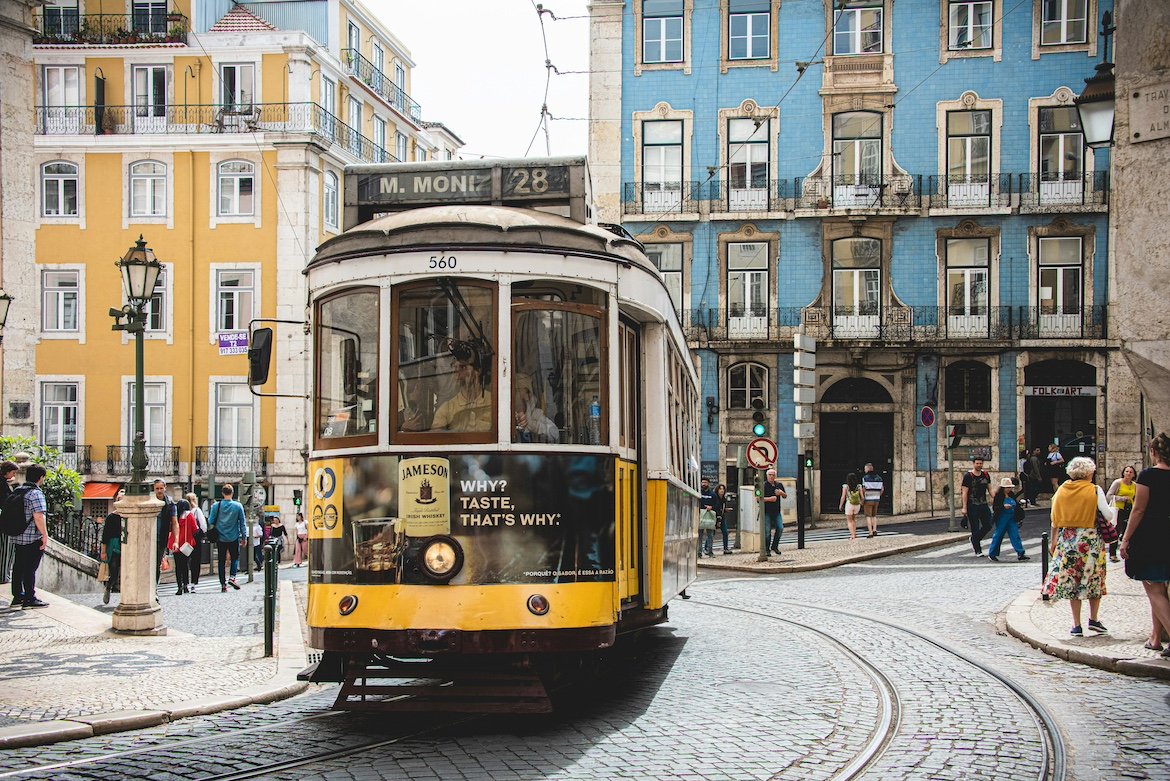
Walk
Lisbon is a compact city, and walking is often the best way to explore it — especially in the historic neighborhoods like Alfama, Bairro Alto, and Chiado. But keep in mind: there are a lot of hills, cobblestones, and stairs. Comfortable shoes are a must.
Tip: Some sidewalks are made of slippery Portuguese mosaic stones (calçada), so avoid smooth-soled shoes.
Trams, Buses & Elevators (Carris)
Lisbon’s classic yellow trams, especially Tram 28, are both transport and an attraction. The city also has an extensive bus and funicular network run by Carris.
- A single ticket bought on board: €2.00–3.00
- 24-hour public transport pass: €6.80 (includes trams, buses, metro, and funiculars)
- Elevador da Glória and Santa Justa Lift are included in passes.
Metro
The Lisbon Metro is clean, fast, and covers most of the city center and suburbs. It’s a great option for airport transfers and longer distances (like to the zoo or the newer neighborhoods).
- One-way ticket: €1.80
- Operates from around 6:30 AM to 1:00 AM
- Consider the Viva Viagem card for convenience and discounts.
Trains (CP)
For day trips to Sintra, Cascais, or Estoril, trains are cheap and reliable.
- From Rossio Station to Sintra: ~40 minutes
- From Cais do Sodré Station to Cascais: ~40 minutes
Round-trip tickets are under €5.
Ferries
To cross the Tagus River and visit places like Cacilhas or Almada, take a short ferry ride from Cais do Sodré. It’s cheap, quick, and gives you a new view of Lisbon from the water.
Taxis & Rideshares
Taxis are affordable by European standards, but not always the most convenient. Uber, Bolt, and Free Now all operate in Lisbon and are often cheaper and more reliable than traditional cabs.
E-Scooters & Bikes
Lisbon now has plenty of shared e-scooters and electric bikes available through apps like Lime, Bolt, and Gira. They’re fun for flat areas like along the river but not ideal for steep hills or cobblestone streets.
Tips & Tricks
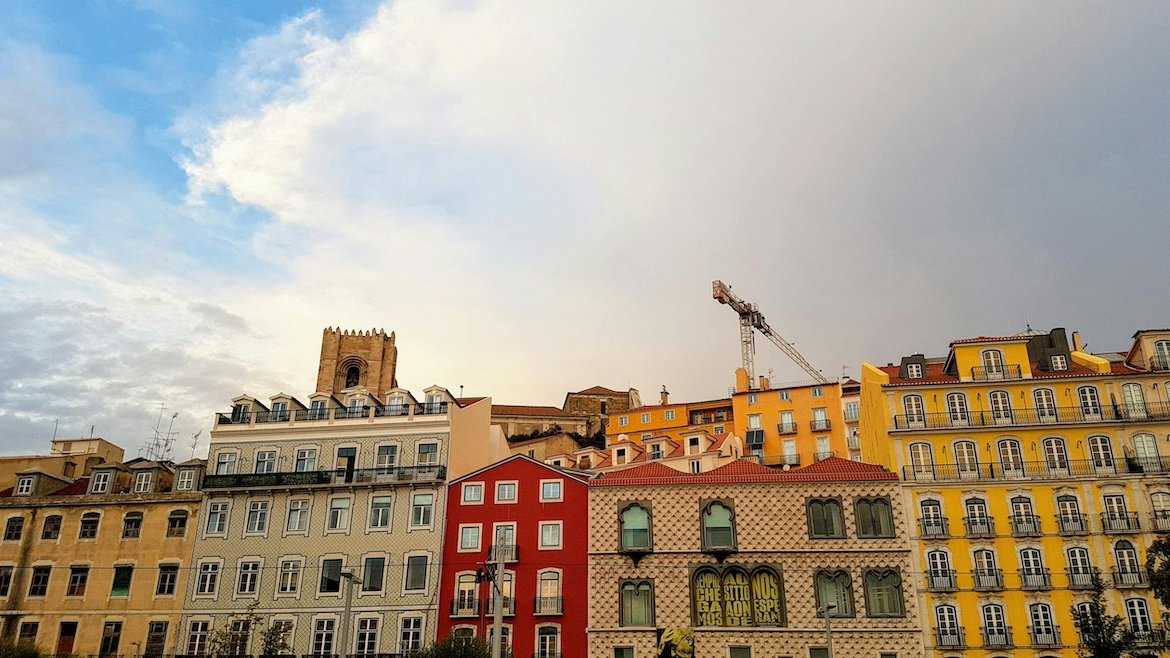
Wear good shoes
Lisbon is full of hills, stairs, and cobblestones. Stylish sandals won’t survive the terrain — opt for sneakers with grip.
Don’t just take Tram 28 — ride it early or late
Tram 28 is a must, but it’s often packed. Ride it early in the morning or in the evening to avoid the crowds — or take a shorter ride and hop off before the popular stops.
Book major attractions in advance
For places like Jerónimos Monastery, Belém Tower, or Palácio Nacional da Pena in Sintra, buy tickets online to skip lines — they can get long, especially on weekends.
Carry cash
Lisbon is card-friendly, but some cafes, kiosks, and older spots (like the famous pastéis shops) might only accept cash — especially for small purchases.
Use the Viva Viagem card
This rechargeable card works on trams, metro, buses, and trains — and saves money compared to single tickets. You can buy and top it up at any metro station.
Don’t forget the sunblock
Even outside summer, Lisbon gets a lot of sun. The breeze can be deceptive, but the UV is strong. Sunglasses and sunscreen go a long way.
Be street-smart in tourist areas
Lisbon is generally safe, but keep an eye on your belongings in crowded spots like trams, markets, and busy plazas.
Sunday = free museums
Many public museums, including Museu Nacional do Azulejo and Museu Nacional de Arte Antiga, offer free entry on Sundays until 2 PM.
Watch out for restaurant “cover” charges
Bread, olives, and cheese often appear on your table unrequested. If you eat them, you’ll be charged. If not, politely decline when they’re served.
Lisbon is a city that charms you slowly — with its faded beauty, warm people, ocean breeze, and the rhythm of trams echoing through steep, sunlit streets. It’s not just about sights, but about moods: sipping coffee at a miradouro, biting into a warm pastel de nata, or hearing fado drift through Alfama at night.
Whether you stay a few days or a few weeks, Lisbon leaves you wanting more — and that’s exactly the point. Let it unfold at its own pace, and you’ll discover why so many travelers fall in love with it.
Discover Florence, the birthplace of the Renaissance and a living art museum. Explore iconic masterpieces, savor Tuscan cuisine, a...
Discover Stockholm, the stunning "Venice of the North" spread across 14 islands. Explore historic Old Town, world-class museums, a...
